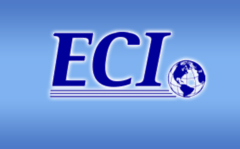Upstream Perfusion Process: Back To The Future
Abstract
At an early stage of bioprocess science, continuous operations were the workhorse in the industry. Therefore, EMD-Serono has legacy with continuous upstream processes as many of its molecules such as Rebif are being produced in perfusion mode. These processes from the 90’s consume large volumes of commercial media and demonstrate low productivities. Cells are mainly attached because no performant cell retention device existed for cells in suspension at that time.
Around 10-15 years ago, the industry decided to move on fed-batch operations. EMD-Serono also re-oriented towards fed-batch operations. Molecules such as Erbitux are now being produced in 15,000 L stainless steel bioreactors. Merck Serono scientists developed a strong fed-batch platform defining specific process parameters, feed strategies and last but not least a chemically defined proprietary media (and feeds). The production process development of most mAbs in the pipeline is now based on this fed-batch platform.
Today, rapid technology evolution such as inexpensive culture media or robust cell retention system brings the interest of the industry in perfusion back to life. EMD-Serono combines its experience on legacy perfusion processed with the well-developed fed-batch platform knowledge. Exploring perfusion capabilities in a modern way (performant retention devices, chemically defined and proprietary media, single-use technology, link to continuous DSP), this presentation will describe the approach to reach a high cell density, high specific productivity process with a rational design. The impact of process parameter and some media component concentrations on metabolic stoichiometry and product quality will also be discussed. Results are promising but raise a huge amount of questions. How far can we push the limits of productivity in regards to the bioreactor volume? How can quality be impacted or modulated in such systems? If manufacturing of mAbs switches to perfusion, how will this impact the equipment scale, costs and flexibility? How can process development adapt to this new challenge? These are the questions that will be addressed during this talk.
